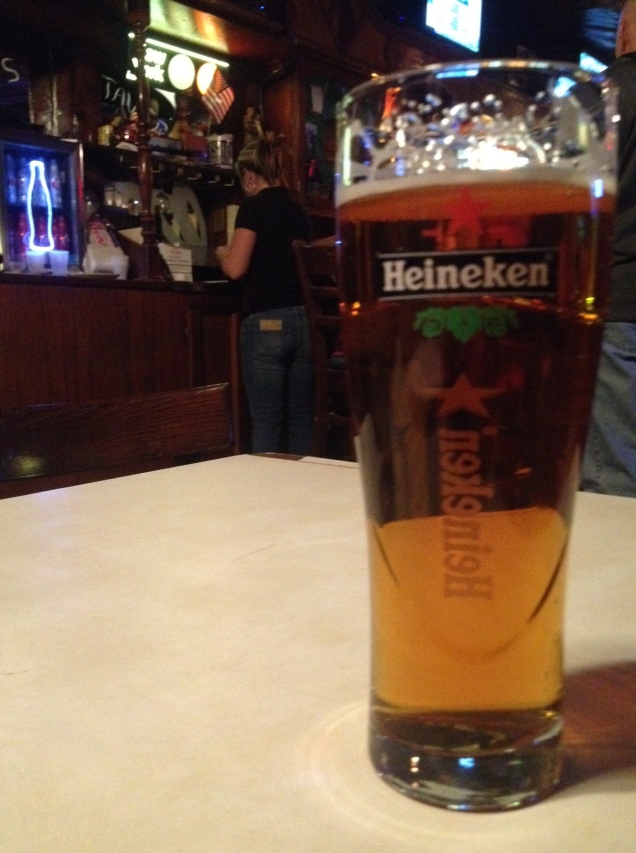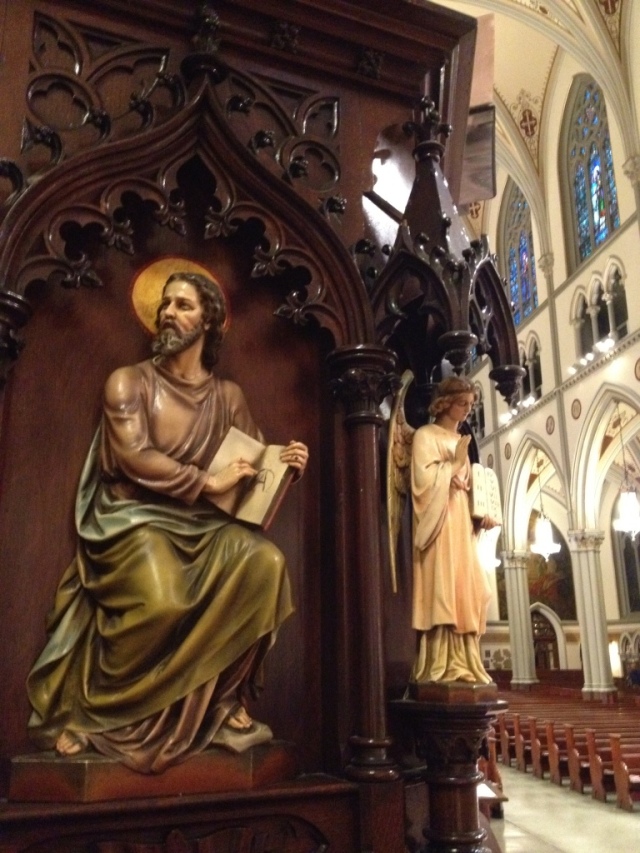
Do you know the answer to this one? I almost stumped a history-know-it-all-with this question.
Those who know me know that I spend most Friday nights at Lee’s tavern, a decades-old bar and pizzeria by the Dongan Hills train station in Staten Island (more on Lee’s in a later post). Among the regulars at the bar is an older eccentric fellow whom we’ll call BW.
I had never had a conversation with BW prior to last Friday, but I had heard from others that he has a Rain Man-like knack for remembering dates and other trivia. He also has a reputation for annoying people with odd selections on the Internet juke box, like Old McDonald Had A Farm (to be fair, I’ll add that last week he played one of my favorite Frank Sinatra songs, “That’s Life.”)
Last Friday, he was at the end of the bar, chatting with a husband and wife. The wife turned around in disbelief and said to no one in particular, “It’s Friday night and they’re talking about Martin van Buren! Martin van Buren!”
As long as they were talking about a president from our state, I seized the opportunity to challenge them with some recently acquired New York City presidential trivia. I jumped up from my table, put my hands on their shoulders and asked them, “Which two presidents were sworn in in New York City?”
Immediately BW spoke up: “Washington and …. and … Theodore Roosevelt?”
“Right on Washington, wrong on Roosevelt, but you’re on the right track.” (Both Roosevelt and the correct president, Chester Arthur, were from New York and took office in the state of New York after an assassination.)
With my hint and some more time to think, he finally guessed correctly—and for a bonus, without my prompting, he added the street where the swearing in took place: Lexington Avenue.
And there you have it. If you ever want to stump a history-know-it-all, you now have a good trivia question. And if you want to know more …
- George Washington was sworn in at Federal Hall, 26 Wall Street, on April 30, 1789. The original building was demolished in 1812. The building that stands there now, once the United States Custom House, is now Federal Hall National Memorial.
- And Chester Arthur was sworn in in the front parlor of his home, on the second floor at 123 Lexington Avenue (between 28th and 29th streets) by New York Supreme Court Judge John R Brady. The building is now home to Kalustyan’s, a specialty Indian food store.
In her fascinating account of James Garfield’s assassination, “The Destiny of the Republic,” (which I am now reading) Candice Millard describes the swearing in:
That morning, Arthur had received a telegram from Washington warning him that Garfield’s condition was perilous. Still, he had not been prepared when a messenger had knocked on his door late that night. Just a few hours later, he found himself standing in his parlor, its green blinds closed to the newsmen gathered outside, with a New York state judge standing before him, swearing him into office. By 2:15 a.m. on September 20, Arthur had become the twenty-first president of the United States.










